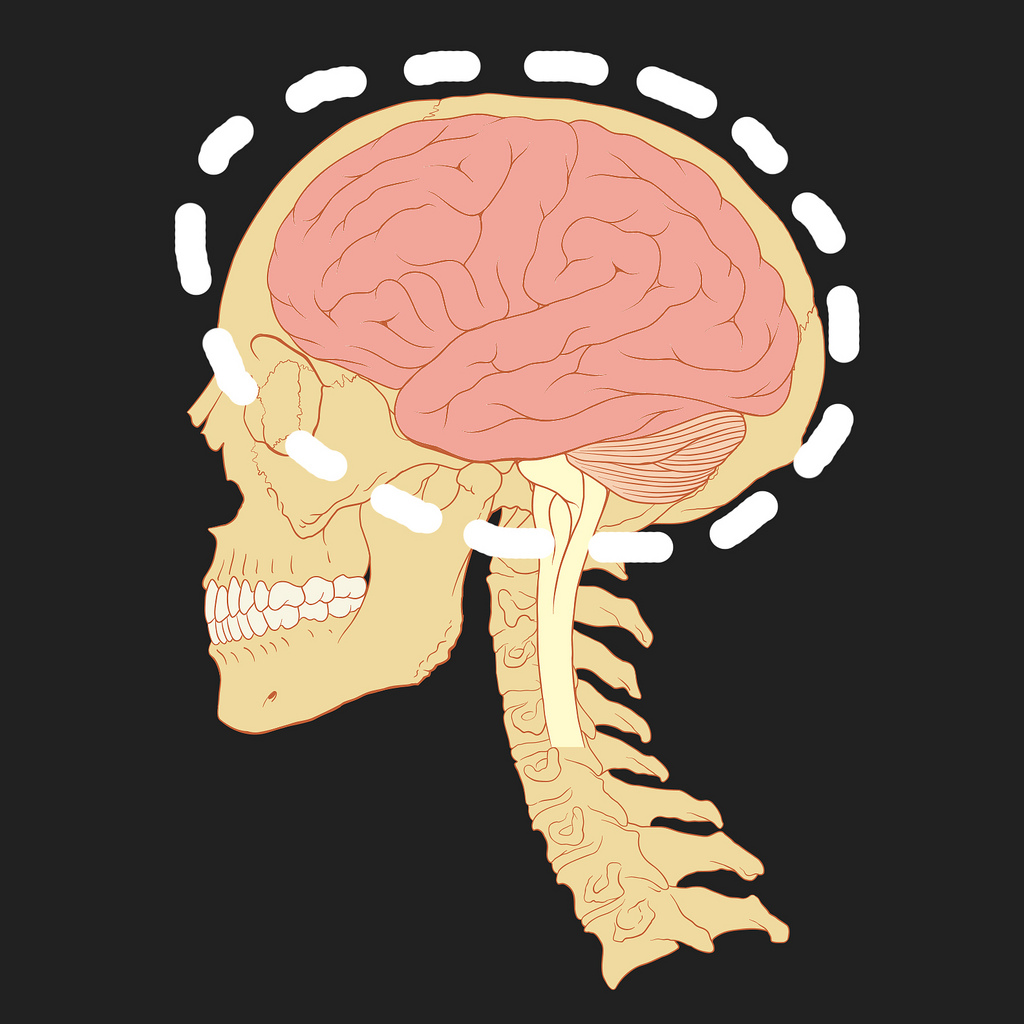On Thursday evening, terrible news broke of Finance minister Heng Swee Keat suffering a sudden stroke and collapsing during a Cabinet meeting.
Thankfully, three Cabinet doctors (Defence Minister Ng Eng Hen, Foreign Affairs Minister Vivian Balakrishnan and Minister of State for Comms and Education Janil Puthucheary) attended to him promptly.
Heng was then rushed to Tan Tock Seng Hospital, home to Singapore's National Neuroscience Institute, for emergency treatment.
Statements from the Prime Minister's Office said a computerised tomography (CT) scan showed Heng had suffered a stroke. He then underwent immediate neurosurgery to ease the pressure in his brain caused by an aneurysm, which was in the process successfully closed.
Let's translate that into English:
A stroke is, according to medical resource portal UpToDate.com, when certain parts of the brain die because insufficient blood is reaching its tissues.
This can happen in two ways — one, if blood supply to the brain is cut off; two, if there is bleeding in the brain that prevents more blood from entering to supply its tissues with what it needs.
The above line explains the two types of strokes that exist: ischemic strokes (the blood supply is cut off) and hemorrhagic strokes (when there is bleeding in the brain).
Now, we don't know the specifics of Minister Heng's case of stroke, but one possibility, based on the information that was shared in the statements, is that he suffered from the latter — a hemorrhagic stroke.
Hemorrhagic strokes form only 20 per cent of all strokes, and there is no certainty what the outcome of these could be, as they vary from case to case.
The Prime Minister's Office statements mention the term "aneurysm", too, with an explanation: a localised weakening of a blood vessel.
And what's an aneurysm?
You can actually think of an aneurysm like bubble gum — one part of the material is thinner than it should be, so if something (in this case air) presses against it, it will expand more easily than the other parts of the gum:
Similarly, in the case of an aneurysm, one part of the blood vessel has a thinner or weakened layer than usual, and so it swells up, or balloons, kind of in the way the bubble gum bubble inflates.
An aneurysm, therefore, isn't in itself a bad thing — a lot of the time, in fact, nobody notices them as they don't cause any problems (Although here, we should also add that if you do discover that you have an aneurysm anywhere, you should get it looked at by a doctor to reduce the risk of problems surfacing in the long run).
Aneurysms can happen at any part of your body, and when they happen in your brain (because there are blood vessels in your brain — something needs to bring blood to your brain tissues, yeah?), they could do nothing, or cause headaches at their mildest. At their worst, the aneurysm could rupture, and cause internal bleeding.
So if Minister Heng had a ruptured aneurysm in his brain, it would have burst and sent blood all over his brain, where it wasn't supposed to be.
And the brain, as we all know, is encased in a fixed hard shell known as the skull:
 Source: Flickr user J E Theriot
Source: Flickr user J E Theriot
Our skull, as we know, is made of bones, and can't expand. So once you have rogue blood flowing from a ruptured blood vessel (remember that aneurysm?) all over the brain, there's nowhere for it to go, and so pressure builds up in the brain.
Blood irritates brain tissues and makes them swell up too.
This can also restrict the blood that flows into the brain to service the brain's tissues, that desperately need the nutrients carried in the blood in order to function — resulting in a stroke.
Now thankfully, Heng's neurosurgeons were able to relieve the pressure in his brain caused by the bleeding, as well as close the ruptured aneurysm.
You can watch this video for a visual explanation of how a ruptured aneurysm in the brain can cause damage, as well as how it is treated.
But what can happen from here is difficult to tell — we'll just have to wait and see.
You don't always see typical symptoms in a stroke patient
Where a hemorrhagic stroke originates from a ruptured aneurysm, typical symptoms can potentially unfold really quickly — for instance, and we say for instance because we don't know what actually happened, a person suffering from a hemorrhagic stroke from an aneurysm on a large blood vessel that burst could have experienced a really severe headache (which you wouldn't be able to see), and then fainted.
That's also why it may not be possible for others to discover any outward symptoms and determine visually that a person is suffering from a stroke — articles like this usually describe strokes that take place over several hours, and because of the variety of things that can cause a stroke, symptoms that each sufferer exhibits will be different too.
So... should we rush our friends to the hospital the moment they have a severe headache?
Not necessarily. Look out for the standard stroke symptoms first — they can be found near the bottom of the page here.
Also, don't try to diagnose yourself by reading medical pages — please complement your research with consultation with a medical practitioner.
Top photo from Heng Swee Keat's Facebook page.
If you like what you read, follow us on Facebook and Twitter to get the latest updates.
If you like what you read, follow us on Facebook, Instagram, Twitter and Telegram to get the latest updates.
